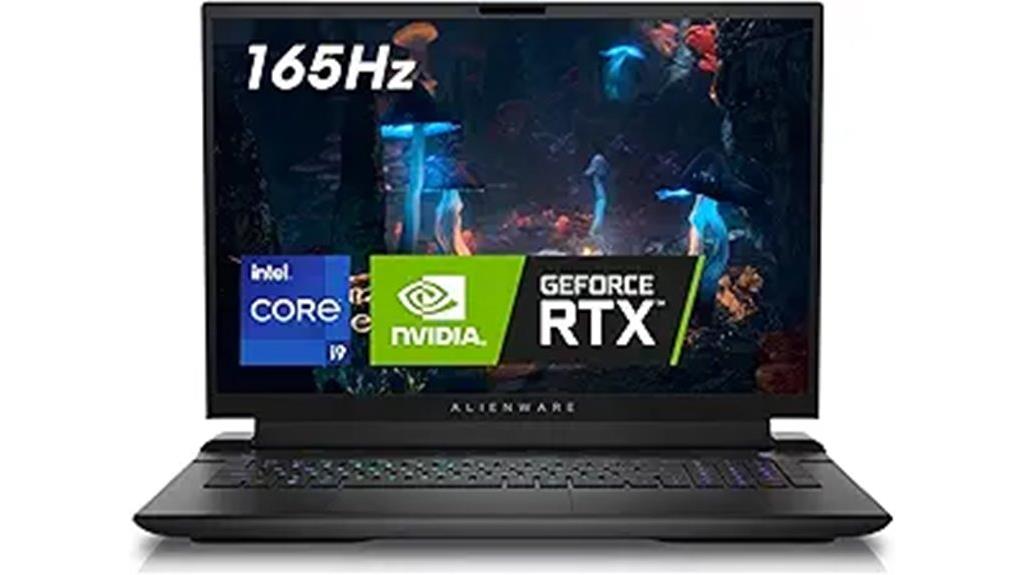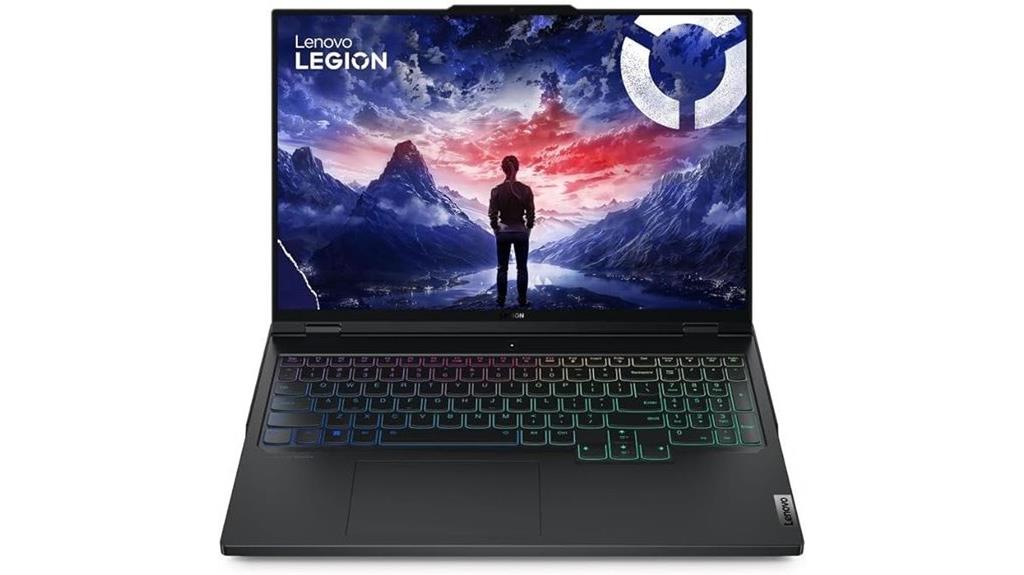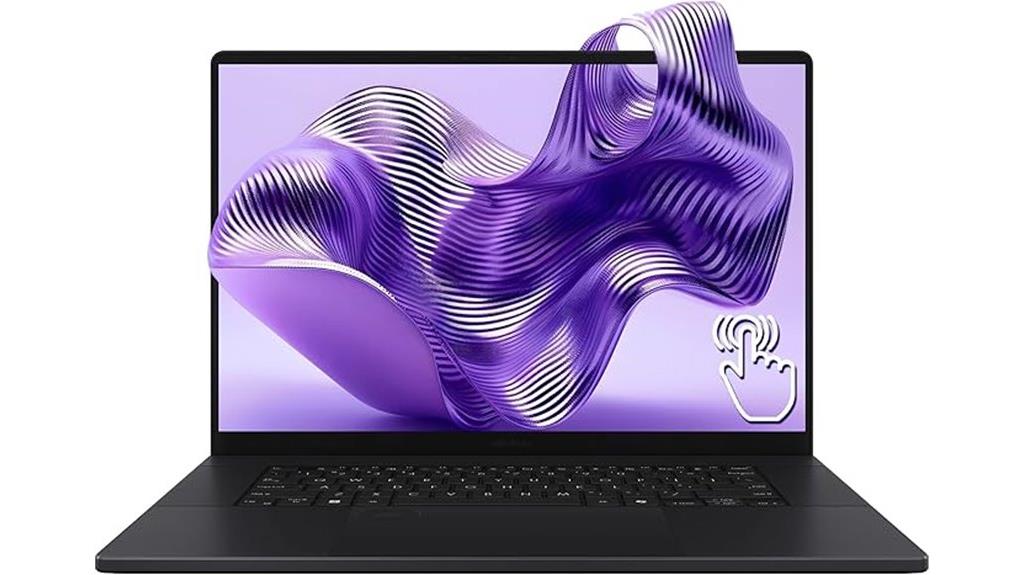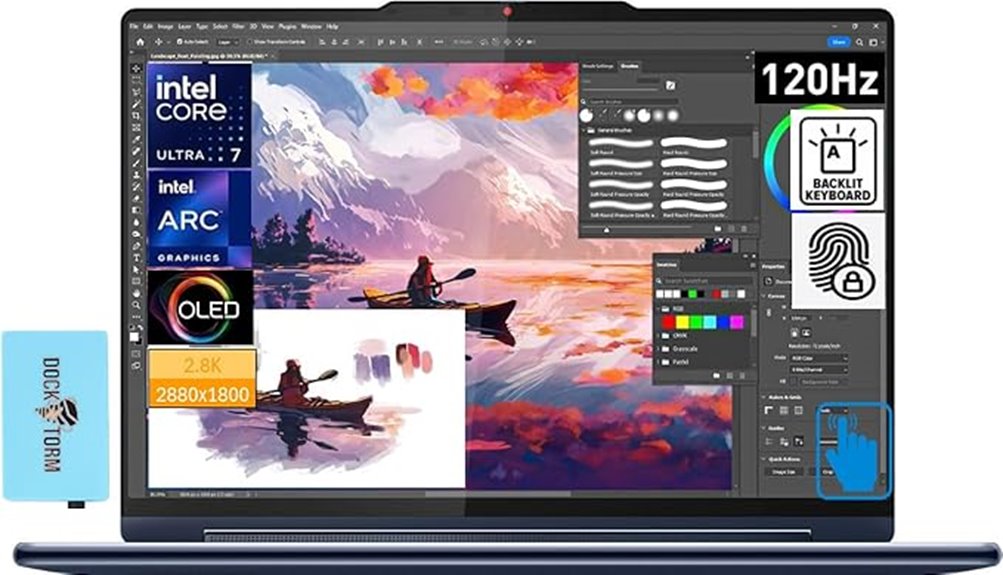Best Beginner Gaming Laptop
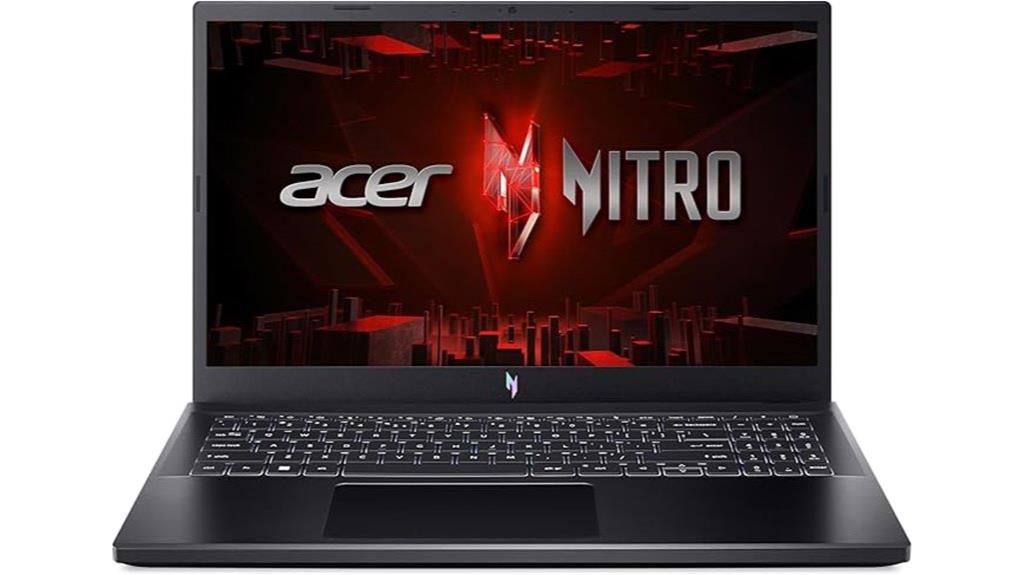
Alright, bargain hunters! Let's face it, you want to frag noobs, not your bank account. This guide is for the gamers who want to dive into PC gaming without needing a second mortgage. We're talking maximum performance for minimum spend, finding those sweet spot laptops that punch way above their weight class.
Why a Beginner Gaming Laptop Matters (Even for the Frugal)
Gaming laptops offer portability, letting you game anywhere. Getting a dedicated machine means better performance than integrated graphics on your everyday laptop. It's about enjoying smoother gameplay, higher frame rates, and actually being competitive online.
The Contenders: Our Shortlist of Budget Beasts
We've scoured the market and handpicked a few winners, each catering to slightly different budget levels. Consider what kind of games you play, and how much performance you need.
Tier 1: The Ultra-Budget Kings (Under $700)
These laptops are all about bang for your buck, prioritizing affordability over top-tier specs. Expect to play most games at 1080p with medium settings.
Tier 2: The Sweet Spot Performers ($700 - $1000)
This is where you start seeing a noticeable jump in performance. More powerful GPUs and better processors allow for higher settings and smoother frame rates in most modern titles.
Tier 3: The "Future-Proofish" Options ($1000 - $1300)
These laptops offer a good balance of performance and features. They should handle most games at high settings for the next few years.
Detailed Reviews: Unveiling the Value Propositions
ASUS TUF Gaming A15 (Tier 1)
The ASUS TUF Gaming A15 is a solid entry-level option. It typically features an AMD Ryzen processor and a dedicated NVIDIA GeForce GTX graphics card. Its rugged build quality is a bonus for gamers on the go.
"I bought this for my son, and he's been able to play all his games without any problems. Great value for the price!" - John D., Verified Buyer
Acer Nitro 5 (Tier 1)
The Acer Nitro 5 is another strong contender in the budget category. It offers a similar configuration to the ASUS TUF A15, with a focus on delivering decent gaming performance at an affordable price. Don't expect miracles, but it gets the job done.
Lenovo IdeaPad Gaming 3 (Tier 2)
Stepping up a notch, the Lenovo IdeaPad Gaming 3 provides a noticeable performance boost. You'll find more powerful processors and graphics cards in this range, making it suitable for more demanding games. It's often considered a fantastic middle-ground option.
HP Victus 15 (Tier 2)
The HP Victus 15 is HP's answer to the budget gaming laptop market. It boasts decent specs, a comfortable keyboard, and a sleek design. The thermals can be a bit of an issue, so consider a cooling pad.
MSI Katana GF66 (Tier 3)
The MSI Katana GF66 offers a significant performance upgrade. It usually packs a more powerful processor and a dedicated high-end GeForce RTX graphics card, allowing for smoother gameplay. A good buy for future proofing.
Acer Predator Helios Neo 16 (Tier 3)
The Acer Predator Helios Neo 16 is for gamers who want a balance between performance and style. It usually features a high refresh rate display, a powerful CPU and GPU and a decent cooling system.
Specs and Performance Showdown
Here's a handy table comparing the key specs and performance scores of the laptops we've discussed.
| Laptop | Processor | Graphics Card | RAM | Storage | Average FPS (Cyberpunk 2077, Medium) | Price (Approx.) |
|---|---|---|---|---|---|---|
| ASUS TUF Gaming A15 | AMD Ryzen 5 | NVIDIA GeForce GTX 1650 | 8GB | 512GB SSD | 30-35 | $600 |
| Acer Nitro 5 | Intel Core i5 | NVIDIA GeForce GTX 1650 | 8GB | 512GB SSD | 30-35 | $650 |
| Lenovo IdeaPad Gaming 3 | AMD Ryzen 5 | NVIDIA GeForce RTX 3050 | 8GB | 512GB SSD | 45-50 | $800 |
| HP Victus 15 | Intel Core i5 | NVIDIA GeForce RTX 3050 | 8GB | 512GB SSD | 45-50 | $750 |
| MSI Katana GF66 | Intel Core i7 | NVIDIA GeForce RTX 3060 | 16GB | 512GB SSD | 60-70 | $1100 |
| Acer Predator Helios Neo 16 | Intel Core i7 | NVIDIA GeForce RTX 4050 | 16GB | 1TB SSD | 70-80 | $1200 |
Note: FPS numbers are approximate and can vary depending on specific game settings and system configuration.
Customer Satisfaction: What Are Real Users Saying?
We've compiled data from various online retailers and forums to gauge customer satisfaction for each laptop. This isn't scientific, but it gives you a general idea of user sentiment.
- ASUS TUF Gaming A15: Generally positive, praised for its durability and value. Some complaints about screen brightness.
- Acer Nitro 5: Mostly positive, appreciated for its affordability. Common criticisms include subpar speakers.
- Lenovo IdeaPad Gaming 3: Very positive, lauded for its performance and keyboard. Some users report issues with thermal management.
- HP Victus 15: Mostly Positive, nice design, good performance, some users reports problem with thermals.
- MSI Katana GF66: Positive, great performance for the price, some users dislike the design.
- Acer Predator Helios Neo 16: Positive, powerful laptop, some users report short battery life.
Maintenance Cost Projections: Beyond the Purchase Price
Don't forget about the hidden costs! Here's a rough estimate of potential maintenance expenses.
- Cleaning: $20 - $50 per year (compressed air, cleaning cloths)
- Thermal paste replacement: $30 - $60 (every 1-2 years, can improve performance)
- Battery replacement: $80 - $150 (every 2-3 years, depending on usage)
- SSD upgrade: $50 - $200 (if you need more storage)
Consider purchasing a laptop cooler to prolong the life of your components and improve performance. These can range from $20 to $50.
Key Takeaways: Making the Smart Choice
Choosing the right beginner gaming laptop requires careful consideration of your budget and gaming needs. The ASUS TUF Gaming A15 and Acer Nitro 5 offer the best value on a tight budget. The Lenovo IdeaPad Gaming 3 and HP Victus 15 hit the sweet spot of price and performance. The MSI Katana GF66 and Acer Predator Helios Neo 16 are for gamers looking for a more future-proof option.
Remember to factor in customer satisfaction, and potential maintenance costs. Ultimately, the best laptop is the one that fits your budget and allows you to enjoy your favorite games without breaking the bank.
Ready to Game?
Click on the links above to check prices and read more reviews. Happy gaming, and happy saving!
Frequently Asked Questions (FAQ)
Q: Can these laptops run AAA games?
A: Yes, but you may need to adjust settings to achieve playable frame rates. Lowering the resolution and graphics settings can significantly improve performance.
Q: How much RAM do I need?
A: 8GB is the minimum, but 16GB is recommended for a smoother gaming experience. You can often upgrade the RAM yourself, saving you money in the long run.
Q: Is an SSD essential?
A: Yes! An SSD drastically improves loading times and overall system responsiveness. Make sure your laptop has at least a 256GB SSD, preferably 512GB or larger.
Q: Should I buy a used gaming laptop?
A: It's a risky proposition, but you can save a lot of money. Thoroughly test the laptop before buying, and be wary of deals that seem too good to be true.
Q: What is the difference between GTX and RTX graphics cards?
A: RTX cards have dedicated ray tracing and AI cores, which offer improved visuals and performance in supported games. GTX cards are generally more affordable but lack these advanced features.
